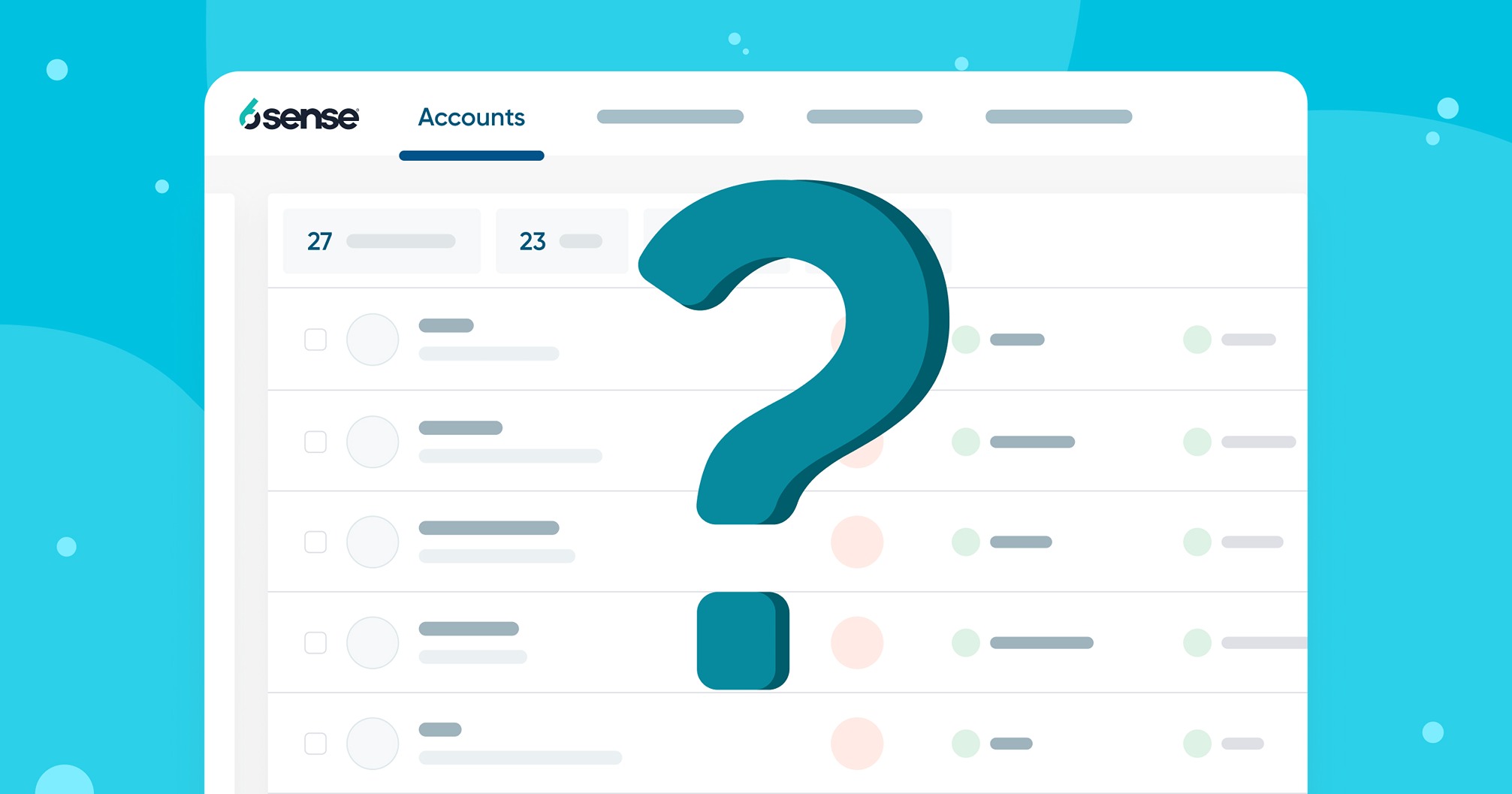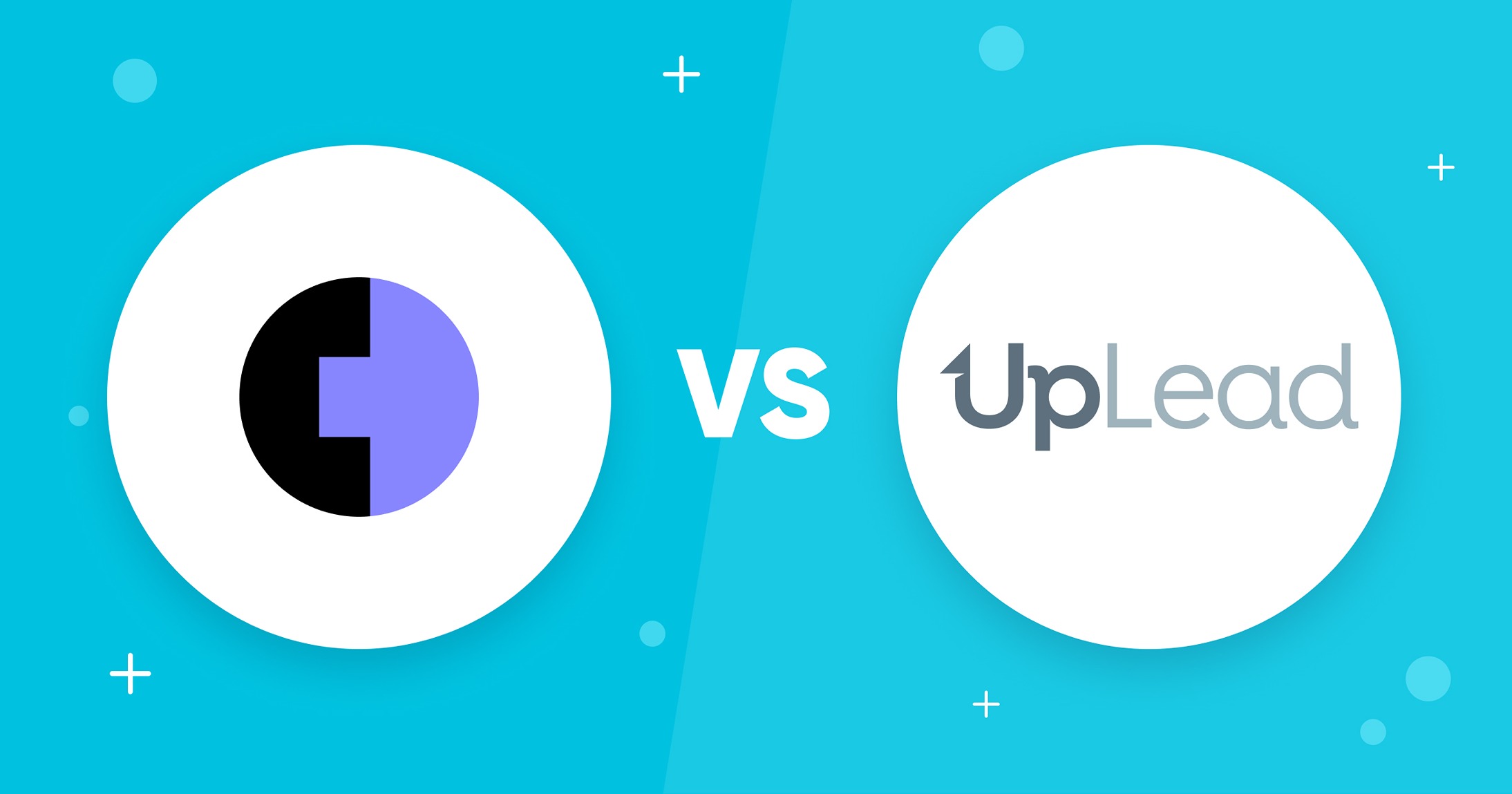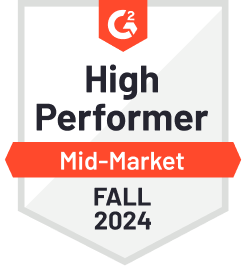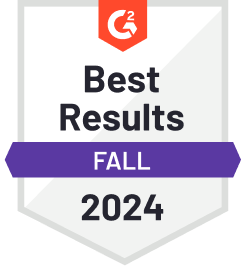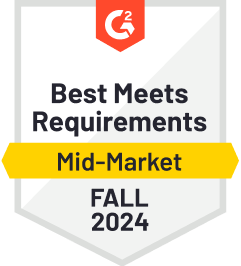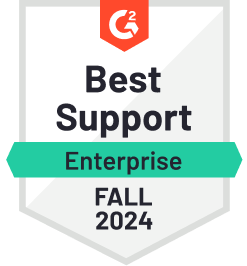A sales funnel is a process that takes potential customers through a series of stages, from awareness to purchase. You can significantly increase sales by understanding your audience and providing them with relevant content at each stage of the funnel. We’ll cover the basics of sales funnels, including how they work and what they’re typically used for. We’ll also provide you with helpful sales funnel templates and examples so you can put these techniques to work for your business.
Sales Funnel Basics
Companies use sales funnels to identify and qualify B2B prospects as part of their sales cycle. It’s called a “funnel” because it’s a system for narrowing down a large group of leads into a smaller group of qualified prospects. While all sales funnels follow a similar structure, each business’s stages can be customized depending on its goals.
What is a Sales Funnel?
A sales funnel is a framework that marketing and sales teams use to convert leads into paying customers. This sales management technique aims to move leads through the various stages of the buyer’s journey—from awareness to consideration to decision—until they eventually purchase.
How do Sales Funnels Work?
Sales funnels typically begin with lead generation activities, such as online ads or content marketing initiatives, that aim to attract potential customers to your website. Once a lead arrives on your website, they should be qualified to determine whether they fit your product or service. This is typically done through lead capture forms and email nurturing campaigns.
Once you’ve identified and qualified a lead, it’s time to start selling! This is where you’ll need to put your best foot forward and attempt to close the deal. Depending on your product or service, this may involve a demo, a free trial, or simply providing more information about your business.
Typical Sales Funnel Structure
Most B2B sales funnels consist of three main stages: top of the funnel (TOFU), middle of the funnel (MOFU), and bottom of the funnel (BOFU).
- Top of the Funnel (TOFU): The TOFU stage consists of leads that haven’t engaged with your business yet. At this funnel stage, your goal is to generate awareness about your product or service among your target audience.
- Middle of the Funnel (MOFU): The MOFU stage consists of generated leads at the consideration stage that have purchasing intent. In this section, your goal is to increase interest in your product or service by providing this group with more information about your offer.
- Bottom of the Funnel (BOFU): The BOFU stage consists of B2B leads ready to purchase. At this funnel stage, you aim to convince leads to buy your product or service and close the deal.
Why You Need Sales Funnels for Your Business
Although it requires an initial investment of time and resources, creating a sales funnel can be a highly effective way to increase sales and grow your company. Businesses can build awareness and credibility by targeting potential customers at each stage with relevant content, ultimately leading to more revenue. Investing in a sales funnel is essential to any comprehensive sales and marketing strategy.
Here are three positive outcomes of adopting sales funnels for your business:
- Improved productivity for sales and marketing teams. When businesses know where their potential customers are in the sales process, they can focus their time and efforts on the sales leads most likely to convert into paying customers. This means less time is wasted selling to people not ready to buy, and more time is spent developing relationships with people interested in your product.
- Better customer relationships. A sales funnel also reveals which interactions leads have already had with your business. For example, whether they have visited the website, subscribed to the newsletter, or attended a webinar. This information can be used to tailor interactions with each individual customer.
- Insights for product development. Sales funnels can also provide valuable insights into which products are selling well and which ones need improvement. This information can inform future product development decisions.
Lead generation doesn’t have to be all that painful. With UpLead, you can easily connect with high-quality prospects and leads to grow your company.
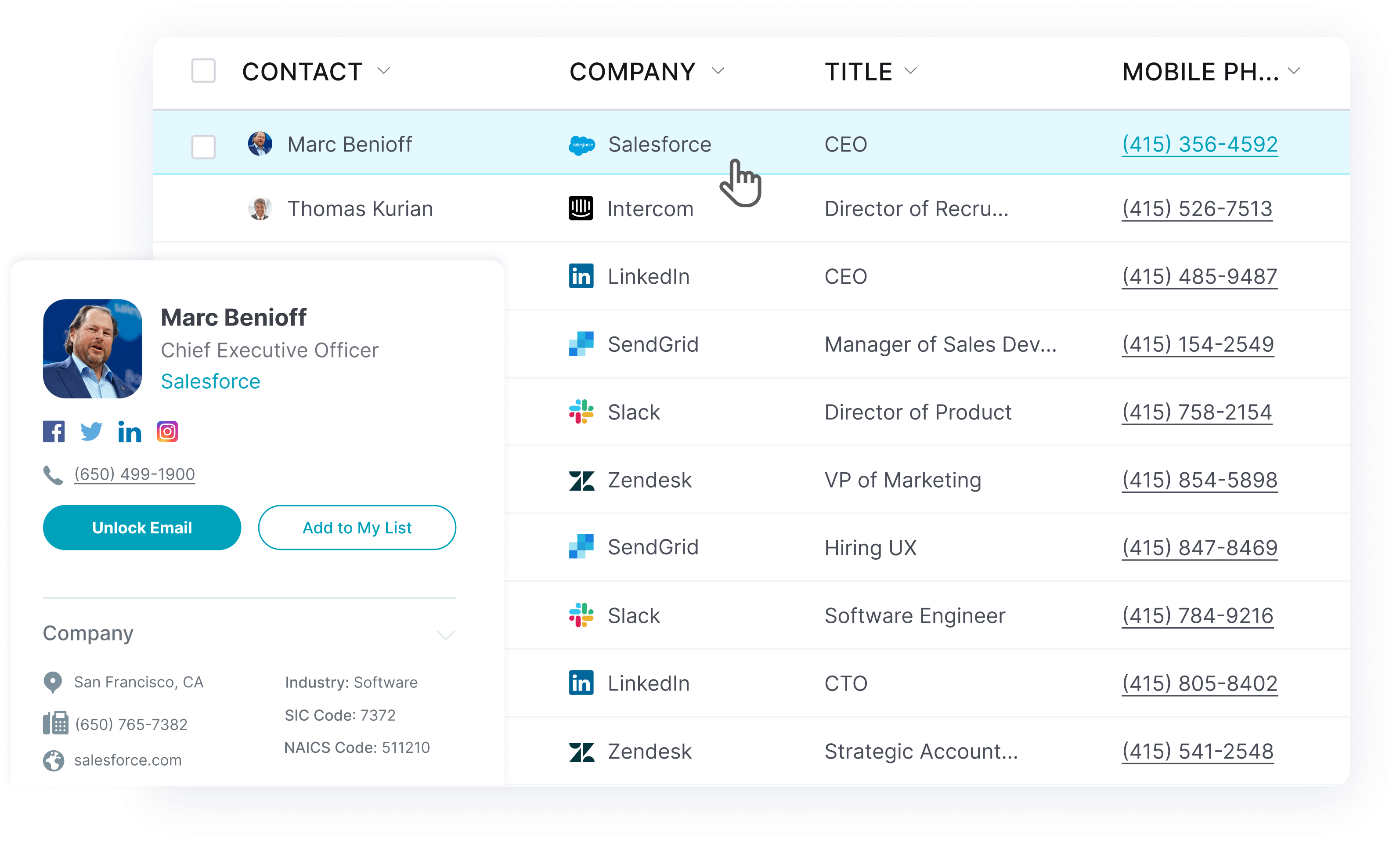
11 Sales Funnel Templates to Skyrocket Your Business
If you want to skyrocket your business, use sales funnel templates. A sales funnel is a series of actions that moves potential customers from awareness to purchase. With these free sales funnel templates, you can create a process that’s specific to your business and products.
1. Product Launch Sales Funnel Template
A product launch funnel promotes and sells a new product. It is a marketing funnel designed to generate leads and excitement around a new product or service and convert that interest into sales.
There are a few key steps to creating your product launch sales funnel:
- Create an opt-in form. This is where potential customers can sign up to receive high-quality promotional content from you, such as an email with a sales video attached. In exchange for their contact details, these leads will receive valuable content that will help them make a buying decision when your product launches—an effective lead generation tactic.
- Deliver engaging content. Once you have the potential customer’s contact information, it’s time to provide quality content showing how your product works and its value. This could be blog posts, videos, infographics, or simple, well-written copy. Make sure it is clear and concise so leads can easily understand what your product does and how it can benefit them.
- Finalize product adoption. The final step is to convert these prospective customers into paying customers. The time you’ve spent nurturing relationships with potential customers pays off in this final step. You’ll have built up trust in your business, and leads will already be familiar with your new product or service.
2. Upsell Sales Funnel Template
Leads are the lifeblood of any sales organization, but not all leads should be handled the same way. While some leads in the pipeline will know exactly which product is best for them, others will be willing to hear more about add-ons and upgrades. The latter group can include existing customers who are already enjoying your product. This is where an upsell sales funnel comes in. By offering enhanced functionality, you can increase the likelihood of high-value purchases from interested prospects and upgrades for existing customers. When done correctly, an upsell funnel can be a highly effective way to boost your bottom line.
Here’s how upsell sales funnel templates work:
- Compelling offer page. Come up with a compelling offer that will persuade leads to upgrade their purchase. This could be discounts, added features, etc.
- Contact form. Include a contact form to ensure you have correct and up-to-date contact information. This will allow you to follow up with leads and upsell after they’ve made an initial purchase.
- Sales demo. Once you have a way to contact your lead, you can have sales reps present or do a demonstration of the product/service. This is where you’ll have the opportunity to close the deal.
3. Lead Magnet Sales Funnel Template
A lead magnet sales funnel is a great way to increase conversions, especially regarding SaaS lead generation. This technique involves offering something free in exchange for an email address. Once you have collected your audience’s email addresses, you can follow up with an email campaign to get them to convert.
Here’s a look at how lead magnet sales work:
- Lead magnet opt-in. The first step is to create an opt-in offer, such as a digital e-book, that provides value for your target audience. This freebie should be something that helps them solve a problem or learn more about a topic they’re interested in.
- Lead magnet delivery. Once someone opts in, it’s time to deliver the freebie. This can be done via email or through a download link on a thank-you page.
- Email campaign. Once someone has opted in and received your freebie, you can start an email campaign to convert them into paying customers. This could include sending additional helpful content, special offers, or even invitations to webinars and other events. By providing value at each stage of the funnel, you’ll increase your chances of sales success.
4. Webinar Sales Funnel Template
This type of funnel uses the power of education to build trust and credibility with prospects and is a highly effective way to increase sales. People are likelier to buy from someone they know, like, and trust. A webinar makes it possible to achieve all three of these important factors with one event.
A webinar also allows you to establish yourself as an expert in your field. By sharing your knowledge and expertise, you can position yourself as an authority figure that people can rely on.
There are a few steps in webinar sales funnel templates, including:
- Sign-up page. This is the page where your potential attendees can register for the webinar. You’ll want to include some basic information about the event on this page and a form for people to list their contact information. Once someone registers for the webinar, they should be redirected to a confirmation page.
- Confirmation page. On this page, you should thank the attendee for registering and confirming their spot in the webinar. You can also include additional information about what they can expect from the event. Once someone secures their place in the webinar, they should be redirected to the live webinar page or to a preview with details regarding when the webinar will take place.
- Host the live webinar. This is where you’ll deliver the valuable information you promised on the sign-up and confirmation pages. You should include a call-to-action at the end of the webinar so that attendees know what to do next.
- Follow-up email campaign. This campaign should be designed to manage and nurture leads who attended your event. You can include additional information about your product or service and special offers.
- Sales page. Send attendees to a sales page where they can make a purchase.
5. Social Media to Email Sales Funnel Template
A social media-to-email sales funnel effectively increases conversions by directing traffic from social media platforms to your email list. This type of sales funnel can provide valuable content (including live events or discounts) before making a sale, which can help build relationships with potential customers.
- Create a social media post with a sign-up option. This could be an invitation to a live event or a discount offer for your product. The first step is creating a social media post with a sign-up option, allowing you to capture leads and follow up with them later.
- Send your leads an email inviting them to the live event or presenting the discount offer. This is where you’ll start nurturing your leads and building relationships with potential customers.
- Create a call to action for purchasing the actual product. You’ll be more likely to close deals and drive sales if you make it easy for prospective customers to buy your product.
6. Tripwire Sales Funnel Template
Tripwire sales strategies entice customers to make a small, high-value purchase, hoping they’ll eventually purchase your core product.
A tripwire sales funnel typically works like this:
- A potential customer is given a high discount on a valuable product or service.
- They click through to the checkout page.
- Once they are on the checkout page, they are presented with your core product offering.
- The customer is reminded of the original discount on the confirmation page and given the option to purchase the core product at the discounted rate.
- If the customer does not purchase the core product at the discounted rate, they are still added to your email list.
From there, you can continue to send marketing emails and try to sell the lead your core product. You can also sell other products and services and continue to upsell once a purchase has been made.
7. High Ticket Sales Funnel Template
If you’re offering a high-ticket product or service, your target audience will consider a lot before purchasing. This is where high-ticket sales funnel templates are the best course of action. They’re specially designed with steps that gradually increase the potential customer’s commitment to purchase your solution.
- Sign up page. This is where leads are asked to provide their contact information in exchange for something valuable, like an e-book or white paper. Once they submit their information, they’re taken to a confirmation page where they’re given the resource they signed up for.
- Resource download. Once they accept the resource, they’re taken to a download page to immediately access the digital resource they signed up for. After completing the download, they’re redirected to a page offering a discount on your high-ticket item. This discount is designed to entice them to make a higher-ticket purchase.
- Product offer page. Once they reach the final page of the funnel, they’re presented with your high-ticket offer if they decide to purchase. Congratulations! You’ve just made a sale. If not, don’t worry—you’ve still collected valuable data that you can use to improve your funnel and increase your chances of making a sale the next time around.
8. Membership Sales Funnel Template
A membership sales funnel effectively creates an exclusive community of customers interested in your product or service. This invite-only technique allows you to control the quality and quantity of leads that enter your funnel and helps you focus energy on converting those leads using sales pipeline tools. A membership sales funnel will also enable you to segment your customer database and offer different products or services based on various needs.
- Invite Leads to Join the Community. The first step is to invite people to join your community. You can do this through social media, email marketing, or word-of-mouth. Contact them first and tell them about your new community if you have an existing customer base. Give them a reason to join, such as exclusive content or early access to new products.
- Send a Link to Upgrade or Sign Up for the Premium Product/Service. Once people have joined your community, it’s time to start selling! Send them an email with a link to upgrade to a premium offer, or entice them to sign up for a paid subscription. You can also include a contact form on your website so people can reach out if they want to learn more about your solution.
- Offer and Convert. Now comes the fun part: making an offer! You’ll want to craft an irresistible deal that speaks directly to the needs of your audience. This is where having a strong sales team comes in handy. They’ll be able to get people excited about your solution and close the deal.
- Thanks, and Next Steps. The final step is simple: thank your new customer for joining your community! You can include helpful steps, so they know what to do next, such as downloading exclusive content or accessing their account dashboard. You might also want to give them a discount code for their next purchase.
9. Live Event Sales Funnel Template
A live event sales funnel is a powerful way to provide value to your customers while increasing sales. Hosting events such as webinars or networking sessions can create opportunities for your audience to learn more about your products or services. Additionally, following up with content after the event can help promote your solution and increase conversions.
Here’s a quick overview of how a live event sales funnel works:
- Invite your prospects to sign up for a live event, such as a webinar or networking session.
- Host the event and provide valuable information to help your attendees.
- Follow up with attendees after the event and promote your product or service as a solution to their needs.
10. First-Time Customer Sales Funnel Template
Sales funnels are essential when trying to convert first-time customers. Why? Because these newcomers are often the most difficult to convert. They don’t know anything about your product or brand, so they’ll naturally be more skeptical and require more convincing.
Here’s how the first-time sales funnel template works:
- Offer page. This is the page where you’ll make your initial offer to the potential customer. The offer should be irresistible. It could be a product, service discount, or a free trial. The important thing is that it will entice them to take the next step and fill out a contact form.
- Contact form. This is where you’ll collect some basic information to contact them and start selling. The form should be short and sweet; if you ask for too much information at this stage, you risk losing their interest. Just collect their name, email address, and possibly a phone number.
- Get in touch with your lead. Now that you have your lead’s contact information, it’s time to start selling! If possible, it’s best to pick up the phone and give them a call. This personal touch will go a long way in convincing them to purchase your solution. If you can’t get them on the phone, you can email them or even reach out on social media.
- Sell! The final step in the funnel is the sale itself.
11. Cancellation Sales Funnel Template
A cancellation can be discouraging for any business. But it’s not the end of the world—or the end of the customer relationship. With the right cancellation sales funnel template, you can win back customers who have discontinued your product or service.
Here’s how it works:
- Cancel confirmation page. This page confirms that the customer wants to cancel their subscription or service. Including a cancel, confirmation page is important because it allows customers to change their minds before they’re unsubscribed.
- Give an overview of competitors and how you’re different. Here’s where you convince the customer of your product or service’s value and stress that your company is one of a kind.
- Renewal form. This is an opportunity to offer customers a discount or incentive to renew their subscription or service. The renewal form should be short and easy to complete.
- Convert. The key to conversion is providing value. If you can prove to customers that your product or service is worth their time and money, they will likely stay with you.
Crucial Elements of Sales Funnel Templates
It’s important to have a solid understanding of your sales funnel. After all, your sales funnel defines your interactions with prospects and guides them through the purchase process. That being said, designing an effective sales funnel can be challenging. Fortunately, there are common, essential components of sales funnels that you can use as an outline:
- Lead generation and nurturing. This is developing relationships with potential customers (leads) who may not be ready to make a purchase. By nurturing your leads, you’re keeping your business top-of-mind so that when they are prepared to buy, they’ll think of you first. Using sales development tools can help streamline your engagement efforts.
- Calls-to-Action. CTAs are messages designed to prompt your leads to take a specific action, such as filling out a form or scheduling a call. CTAs should be included throughout your funnel—on your website, in your email communications, etc.—so that leads are never far from taking the next step in the buying process.
- Closing the sale. Once you’ve nurtured your lead and prompted them to act with a CTA, closing the sale is time. This is where your team can put all their selling skills to work. The best way to close the deal is by conversing with your lead and customizing your pitch to their specific needs and pain points.
How to Create a Sales Funnel For Your Business
Creating a sales funnel requires an understanding of both marketing and sales principles. By understanding these concepts and how they work together, you can create a sales funnel that will help increase conversion rates.
Understand Your Audience
The first step in creating a sales funnel is to understand your audience. What pain points are they trying to solve? You can create relevant content at each funnel stage by finding out what your audience needs. To ensure a more customized approach, you can segment leads by demographics, interests, or behavior.
Make it Personal
When you design a sales funnel to work on a personal level, you create a 1:1 relationship with your customer. This means you provide them with content tailored to their needs and interests. You’ll need to gather customer data to make your sales funnel personal. This data can be collected through web forms, surveys, social media interactions, and email marketing campaigns. Once you have the necessary information, you can create targeted content that resonates with your customers personally.
Increase Website Traffic
When creating a sales funnel, consider how you might increase website traffic. After all, if no one is visiting your website, they won’t be able to see your content or purchase your product or service. There are several ways to increase website traffic, including optimizing for search engines (SEO), using social media marketing (SMM), and running pay-per-click (PPC) advertising campaigns.
Automate Your Funnel
Automating your funnel allows you to focus on other areas of your business while you generate leads and nurture them through the sales process. Sales funnel software allows you to automate various aspects of the process. This includes sales contact management software like Salesforce and marketing automation software like HubSpot and Marketo.
FAQs
Below are some frequently asked questions when it comes to sales funnel templates.
The sales funnel is a model many sales reps and businesses use to track progress toward their sales goals. By creating a sales funnel, you can identify which prospects are most likely to convert into customers and then take steps to qualify further and engage those leads in your sales prospecting work.
The template typically includes four stages: Awareness, Interest, Decision, and Action. The Awareness stage is when the customer becomes aware of the problem that the product or service can solve. This leads to the Interest stage, where the customer begins researching solutions to their problem. The Decision stage is when the customer decides which product or service to purchase. The Action stage is when the customer decides to make a purchase. Finally, the Loyalty or Retention stage involves keeping your customers engaged with your product or service to encourage repeat purchases.
To create a sales funnel, businesses should define each stage of their sales process and design ways to track prospects as they progress through the funnel. This helps companies better understand their conversion rates and take steps to improve them.
What You Need to Remember About Sales Funnel Templates
If you run a business, you know the importance of having a well-oiled sales funnel to accelerate your sales performance. A good funnel can help increase conversions and close more deals. These best-in-class sales funnel templates can skyrocket sales and grow your business.

